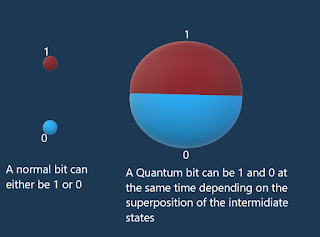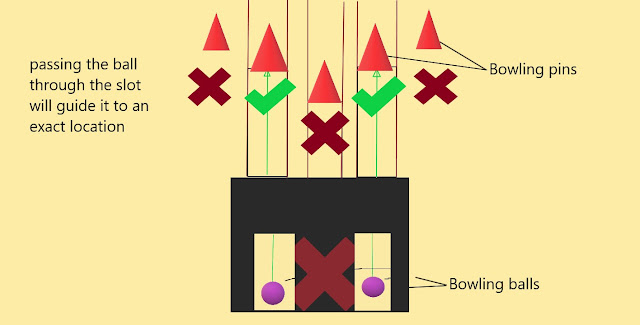Bohr's atomic model

According to Rutherford, the electrons are in a circular movement around the nucleus, this model was rapidly abandoned for two major reasons. The first one is, according to the laws of electromagnetism the accelerating movement of the electron should emit continuous radiations with various range of frequencies. Contrariwise, it is experimentally proven that single atoms display very specific discrete spectra. The second reason is somewhat a result of the first one, as the atom supposedly emits continuous spectra the electron should gradually lose energy this can induce a decrease in the electron's velocity that is circling around the nucleus, so the movement becomes spiral and by time the electrons will fall into the centre that can only mean one thing: all the atoms are unstable, everything is kind of radio active which is luckily untrue.
It was Bohr's time to shine and find answers to this tragedy, Bohr worked on the hydrogen atom and established the following model :
The electrons describe a circular trajectory called orbital, in this orbital the electron possesses a constant energy. Therefore, it is in a stationary state.
The orbitals are divided into 4 types K, L, M, and N, respectively holding 2, 8, 18, 32 electrons.
The transition of an electron from a stable orbital to another is manifested by an absorption or emission of a quantity of energy |𝝙E|= |En2 - En1| = h𝓥= h c/𝞴 ( En1 and En2 are the two energy orbitals).

The motion of the electron can only take place on stable orbitals for which the cinematic moment of the momentum with respect to the center of the orbit of radius r is a multiple of the quantity h / 2𝜫:
There is a quantification of the kinetic moments L = N.h / 2𝜫.
Depending on the figure aside if r is the position vector and p the impulsion vector L = r^v = m r ^ v. that means mVr = n h/ 2𝜫.
Without going into any further complex equations, I am going to highlight the major flaws of this model:
The model works only for hydrogen or hydrogen-like atoms so it doesn't describe the spectra of relatively massive atoms.
The inability to explain the electromagnetic split due to a magnetic excitement which is known as the Zeeman effect.
The model couldn't describe the difference of intensities within the spectra.
As the theory stated that the electrons are stationary, the reason remained a mystery.




Comments
Post a Comment